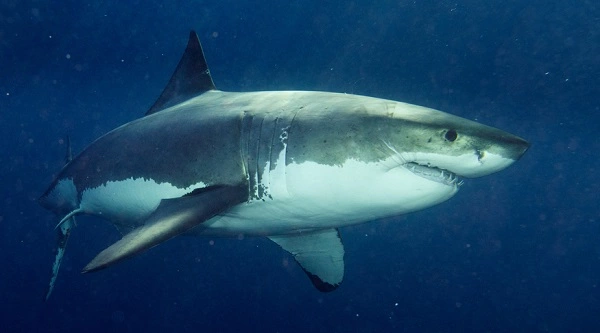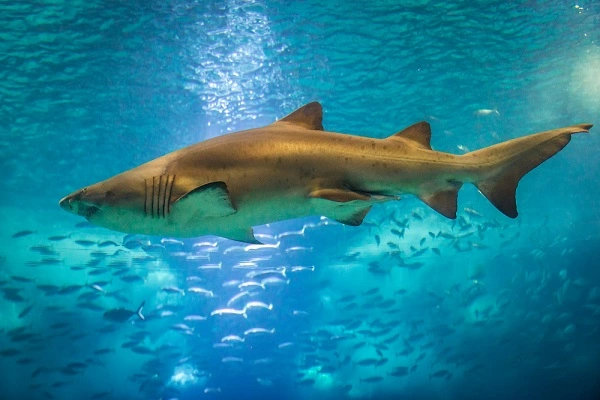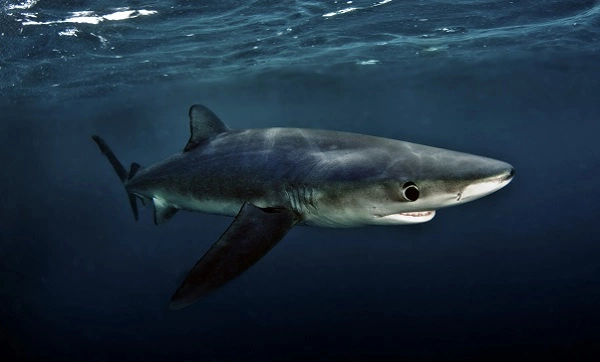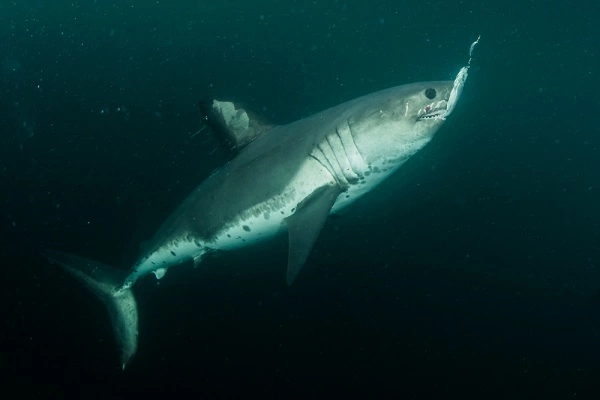Are you afraid of sharks? You’re not alone. Sharks are one of the most feared creatures on earth, and it’s easy to see why. They have a reputation for being vicious and bloodthirsty, and stories of shark attacks make headlines all over the world. But what many people don’t know is that sharks aren’t actually as dangerous as they seem. In fact, they play a vital role in our oceans ecosystems, and without them our marine environment would be a very different place. So next time you’re feeling scared of sharks, remember that they’re important creatures worth protecting!

Shark are a type of fish with a cartilaginous skeleton and a streamlined body. They range in size from the largest, the whale shark, to the smallest, the pygmy Shark. Most Shark are predatory, though there are some species that feed on plankton. Sharks have keeled or crescent-shaped tails, and their pectoral fins are not fused to their heads. Shark live in all oceans and can be found in waters as shallow as 3 feet (1 meter) or as deep as 20,000 feet (6,000 meters). Some Shark migrate over long distances. The great white Shark is one of the best-known Shark species. It can grow to 20 feet (6 meters) in length and weigh up to 5,000 pounds (2,268 kg). Great white Shark are found in temperate waters around the world. Hammerhead Shark are another well-known type of Shark. These Shark have distinctive flat heads with eyes at the tips of “hammer-like” extensions on either side. Hammerhead Shark grow to about 20 feet (6 meters) in length and are found in tropical waters around the world. Requiem Shark include many of the better-known Shark species, such as tiger Shark,
Shark teeth are one of the most distinguishing features of these ancient predators. Unlike the teeth of other fish, shark teeth are not attached to the jaw by a ligament. Instead, they are embedded in the gum tissue and constantly replaced as they are lost. Shark teeth come in a variety of shapes and sizes, depending on the species of shark. Some sharks, such as the great white, have large, sharp teeth that are perfectly adapted for hunting prey. Others, like the filter-feeding whale shark, have thousands of tiny teeth that they use to strain plankton from the water. No matter what their size or shape, shark teeth are an essential part of these fascinating creatures.

Sharks are found in all the world’s oceans, from the cold waters of the Arctic to the warm waters of the tropics. Sharks prefer waters that are between 77 and 83 degrees Fahrenheit, but they can survive in a wide range of temperatures. Sharks can be found near the shore, in the open ocean, and even in freshwater rivers and lakes. Some species of sharks are migratory, while others remain in the same area throughout their lives. Sharks play an important role in the marine ecosystem by helping to keep populations of other animals in check. However, their habitats are under threat from human activities such as pollution, overfishing, and habitat destruction. As a result, many shark populations are in decline. To ensure that these vital predators continue to thrive, it is essential to protect their habitats.
Sharks are one of the most feared predators in the ocean, and with good reason. These sleek and powerful creatures can grow up to 20 feet in length and weigh over two tons. Sharks have a terrifying reputation, but they are also fascinating creatures. One of the things that makes sharks so interesting is their diet. Sharks are opportunistic predators, meaning that they will eat just about anything they can catch. Their diet includes fish, seals, dolphins, and even other sharks. While sharks will eat just about anything, they prefer to eat food that is high in fat and protein. This helps them to maintain their energy levels and stay healthy. Sharks are a vital part of the ocean ecosystem, and their diet plays an important role in keeping the ecosystem in balance.
Sharks come in all shapes and sizes, from the small port jackson shark to the massive whale shark. Sharks vary in size depending on the species, with some reaching over 60 feet in length. The largest sharks, such as the whale shark, can weigh up to 40 tons. Sharks are found in all oceans and range in size from the smallest pygmy Shark, which is less than 6 inches long, to the largest whale Shark, which can be over 60 feet long. Sharks have a variety of shapes and sizes, depending on the species. Some Sharks are long and slender while others are short and stocky. Sharks also have a variety of coloration, ranging from dull gray to bright white. Sharks are a very diverse group of animals that come in all shapes and sizes.
Sharks are one of the oldest groups of fish, with fossils dating back to over 450 million years ago. Modern Sharks are relatively long-lived creatures, with many species living for 30-50 years or more in the wild. The lifespan of a Shark is largely determined by its size, with larger Sharks typically living longer than smaller Sharks. For example, the Whale Shark – the largest known Shark species – can live for up to 100 years, while the smallest Sharks may only live for a few years. Additionally, Sharks living in captivity often have shorter lifespans than Sharks living in the wild due to the stresses of captivity and a lack of food. Ultimately, Sharks are unique creatures with a wide range of lifespans depending on their species and environment.
Sharks are one of the ocean’s most feared predators, and with good reason. These fascinating creatures have been known to attack humans, and their sharp teeth can cause serious injury. However, shark attacks are actually quite rare. In fact, sharks aren’t naturally aggressive towards humans – they usually only attack when they feel threatened or provoked. So what exactly causes sharks to behave this way?
There are a number of factors that can influence Shark Behavior. Sharks are attracted to areas where there is a lot of food, such as areas with large concentrations of fish or seals. They are also attracted to areas where there is a lot of movement, such as near beaches where people are swimming. Sharks are also more likely to attack if they are injured or sick.Finally, Sharks are more likely to attack if they have been provoked, such as when someone steps on them or tries to catch them with a fishing net. All of these factors can contribute to shark attacks.
While shark attacks are rare, they do happen and can be deadly. There are some simple things you can do to help reduce your risk of being attacked by a shark. Stay aware of your surroundings, avoid swimming at night or in murky water, and don’t wear shiny jewelry or brightly colored clothing if you’re near the water. If you see a shark, stay calm and get out of the water as quickly as possible. And finally, always heed the advice of local authorities when it comes to sharks – they know their waters best!

Are you ready to journey back millions of years into the past? Come with

If you’re looking for information on one of the most impressive animals in nature,
Sharks are some of the oldest and most powerful predators in the ocean, but

Today we’ll be discussing one of the most interesting creatures in the sea- the

Did you know that the great white shark is the largest predatory fish in

The sand tiger shark is a fascinating creature. They are one of the few

Sharks are one of the most feared and misunderstood creatures on the planet. We

Salmon sharks are one of the most misunderstood and maligned shark species. Many people
The frilled shark is a little-known and seldom-seen member of the shark family. This